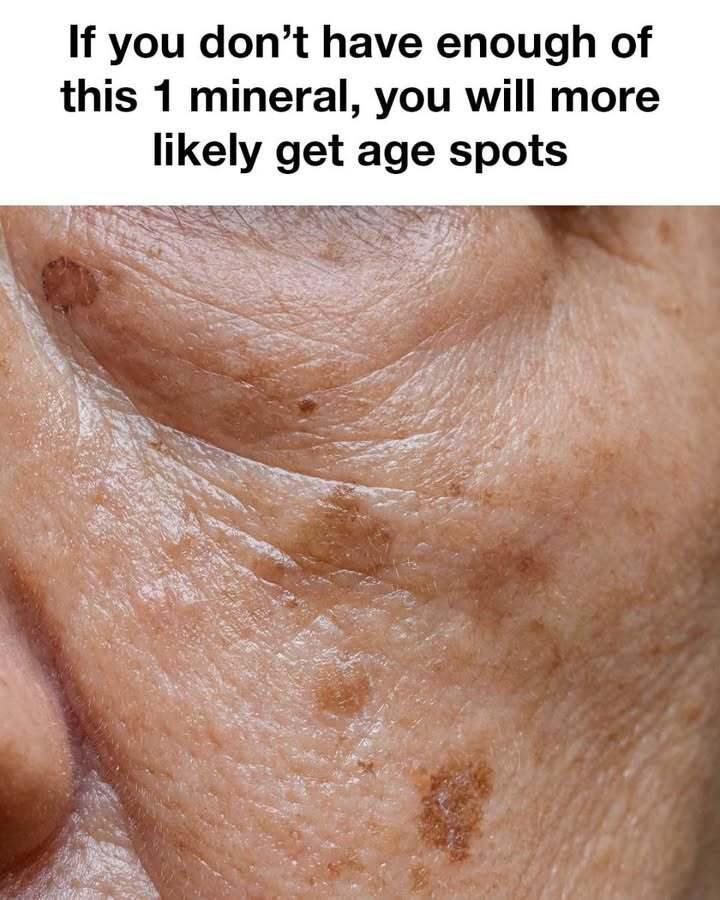- Feeling more fatigued than usual
- Muscle weakness
- Slower wound healing
- Skin that burns more easily in the sun
- And yes—an increase in age spots
Without adequate selenium, your skin lacks the protection it needs from environmental damage. Over time, this can lead to a breakdown in the skin’s natural repair systems and an increase in pigmentation problems.
This is especially important for seniors, whose skin is naturally thinner and more sensitive due to the aging process. Making sure you get enough selenium is one of the easiest, most natural ways to support your skin’s defenses.
What the Research Shows
Studies have confirmed that selenium helps protect the skin from UV damage—the kind that leads to both age spots and deeper health concerns like skin cancer.
![]()
Even more impressive? Research has shown that when selenium is combined with other antioxidants like vitamin E and vitamin C, it can help reduce the appearance of existing age spots, improve overall skin tone, and even restore elasticity in mature skin.
In other words, selenium isn’t just preventative—it’s restorative too.
How to Know If You’re Getting Enough Selenium
The recommended daily intake for most adults is 55 micrograms (mcg) per day. While that may not sound like much, many people fall short—especially if their diet lacks variety or contains few selenium-rich foods.
Here’s how you might tell if you’re deficient:
- Frequent colds or infections
- Dry, dull, or irritated skin
- Weak nails or thinning hair
- Persistent fatigue
- Age spots that seem to spread or darken over time
If any of this sounds familiar, it may be time to look more closely at your selenium intake.
